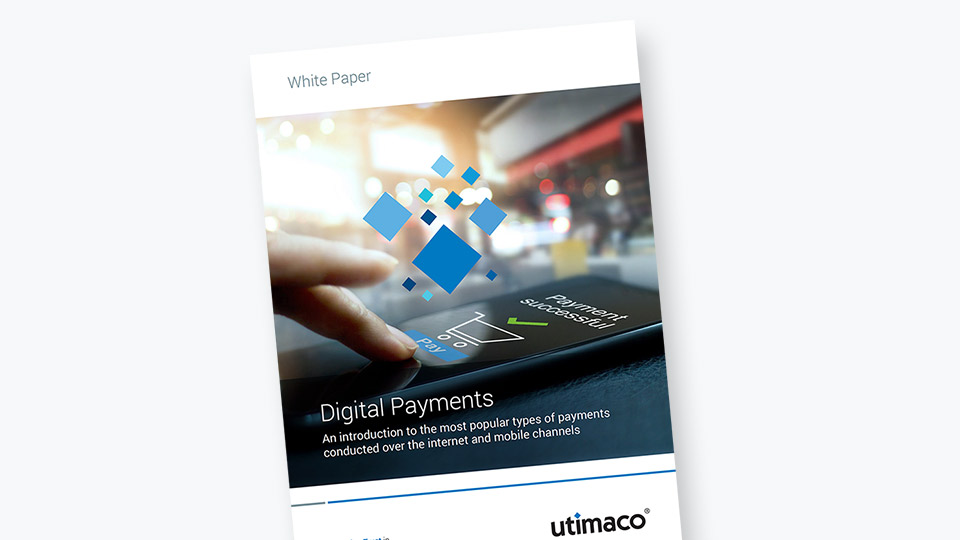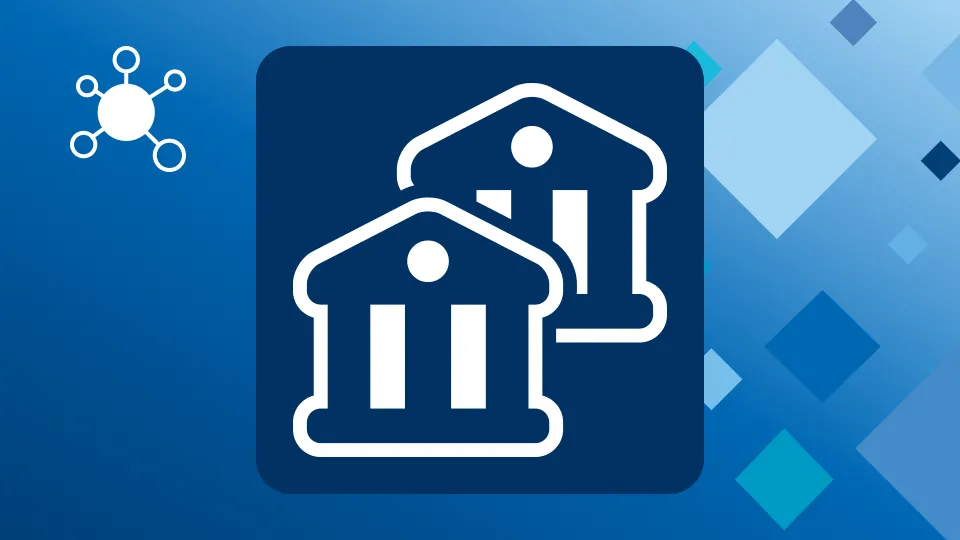Definition: Digital payments are made by involving a set of processes and technologies to enable the secure and efficient transfer of funds between parties. To provide a seamless and convenient way of conducting financial transactions electronically, the process relies on encryption, authentication, and numerous payment mechanisms.
Digital Payment processes and security measures explained
The demand for convenience is a driving force, and it's a significant factor contributing to the ongoing rise in the popularity of digital transactions among consumers. Digital payments encompass various components, such as financial institutions and payment service providers (PSPs), operating collaboratively.
Comprehending the mechanics of digital payment systems can be intricate due to the multitude of interconnected components. The following is a breakdown of the key participants essential for digital payment transactions:
- Cardholder: This refers to a card-not-present transaction that is carried out online, when buying a product or service
- Merchant: The merchant is the entity, whether an individual or business, engaged in selling goods and services to the cardholder
- Issuer: The issuer is the financial institution responsible for furnishing the cardholder with their payment card. This institution is typically the cardholder's own bank
- Acquirer (Merchant Account Provider): The acquirer is the financial institution that establishes an account with the merchant. They are responsible for validating the legitimacy of the customer’s account
- Payments Processor: The payments processor manages the formal transaction taking place between the customer and the merchant
- Payment Gateway: The payment gateway handles the processing of payment messages from the merchant. It employs security protocols and encryption measures to ensure the safety of the transaction.
- The primary technique employed by payment gateways to ensure security is Data Encryption. This method is utilized to protect payment information. When customers input their payment details, these details undergo encryption using a public key. Only the payment gateway's private key can decrypt this information. As a result, the risk of unauthorized parties accessing customer data while it is being transmitted from the gateway to the acquiring bank is significantly minimized
- Tokenization is a process that replaces a card number with a randomly generated string of characters. This unique code, often referred to as a "token," is a single-use code that cannot be traced back to the original cardholder. As a result, these numbers hold no meaning without access to the corresponding decryption key
- Secure Electronic Transaction (SET) is a comprehensive system and electronic protocol that encrypts card payment data. This initiative was collaboratively developed by the major card networks, VISA and Mastercard. The fundamental purpose of SET is to obscure all personal information associated with the card, preventing unauthorized access by fraudsters. Additionally, SET serves as a protective measure by preventing merchants from accessing customers' personal data.
- PCI DSS Compliance - Payment Card Industry Data Security Standard (PCI DSS) compliance assists financial institutions and merchants to provide secure payment solutions.
- Payment gateways employ SSL (Secure Socket Layer) to safeguard sensitive customer information. SSL is a widely recognized security protocol that creates an encrypted channel, enabling the secure transmission of private data over public networks, like the communication between a web server and a browser. The majority of payment gateways utilize this protocol to enhance the security of data transfers between various entities involved in the transaction process.
In summary, digital payment systems involve a diverse set of participants, each with distinct roles in facilitating secure and efficient digital transactions.






